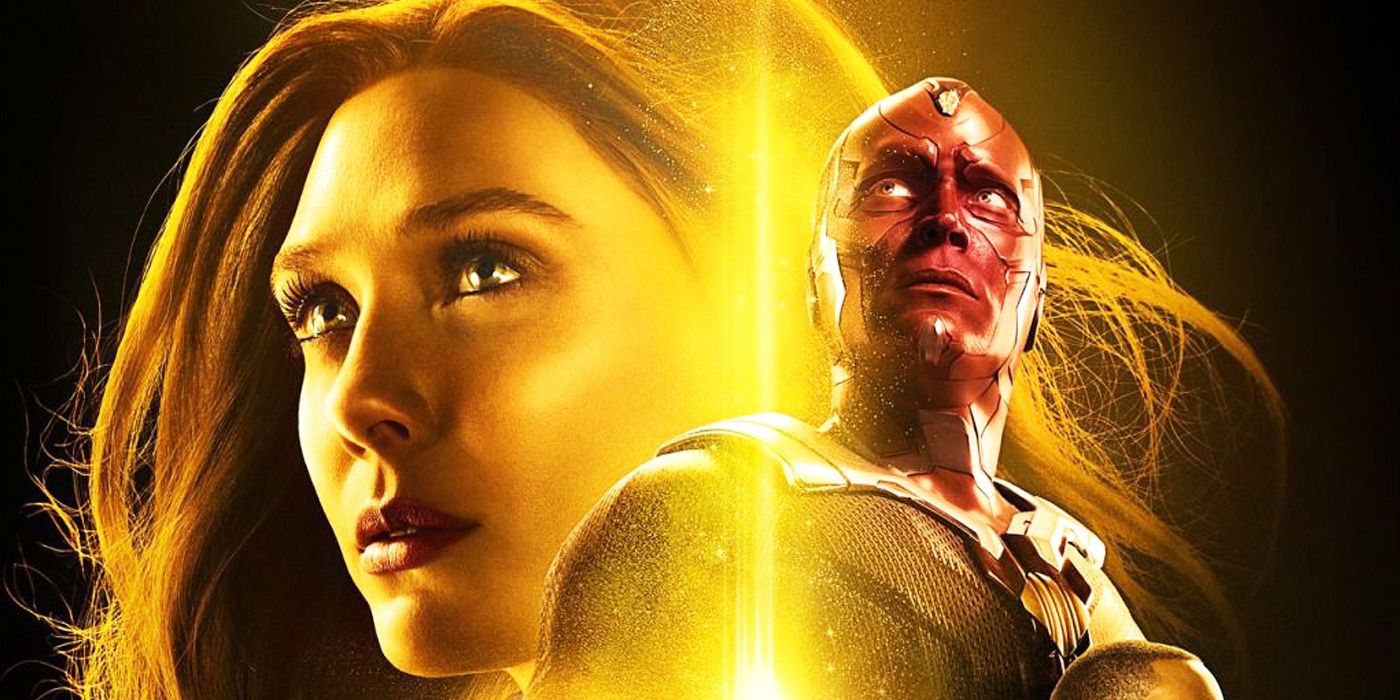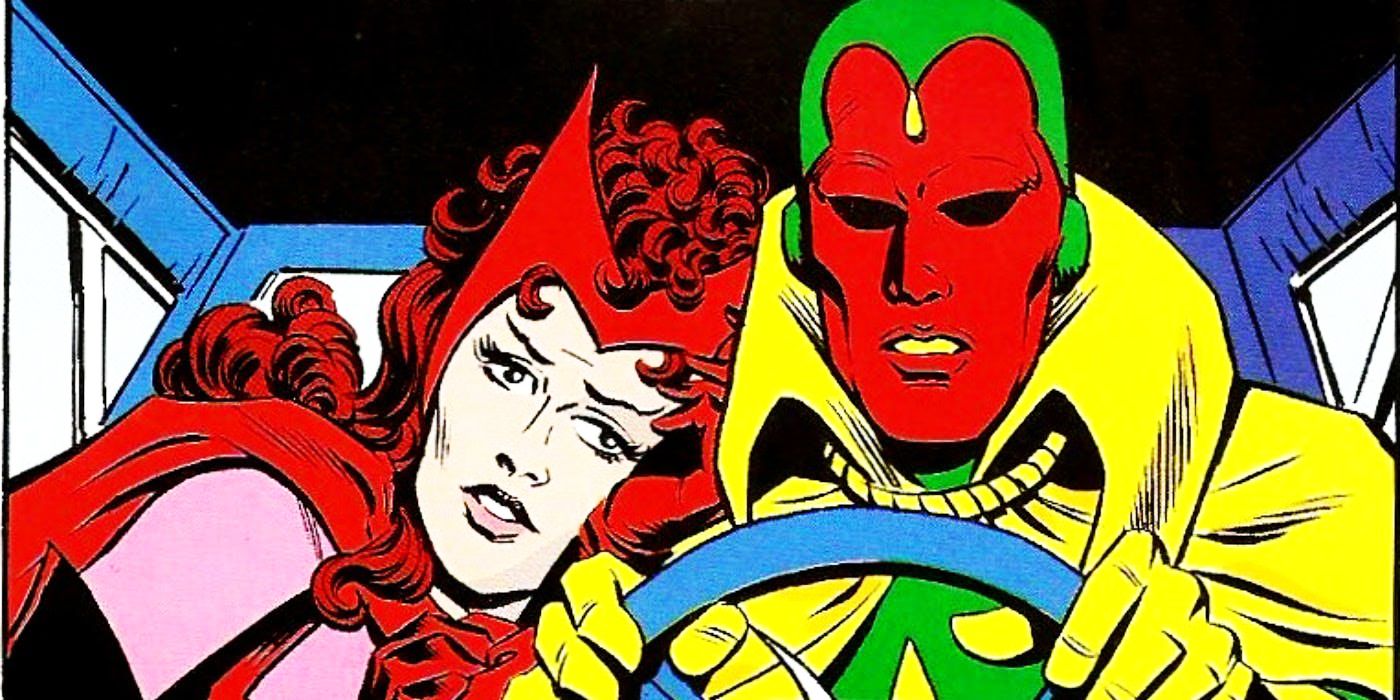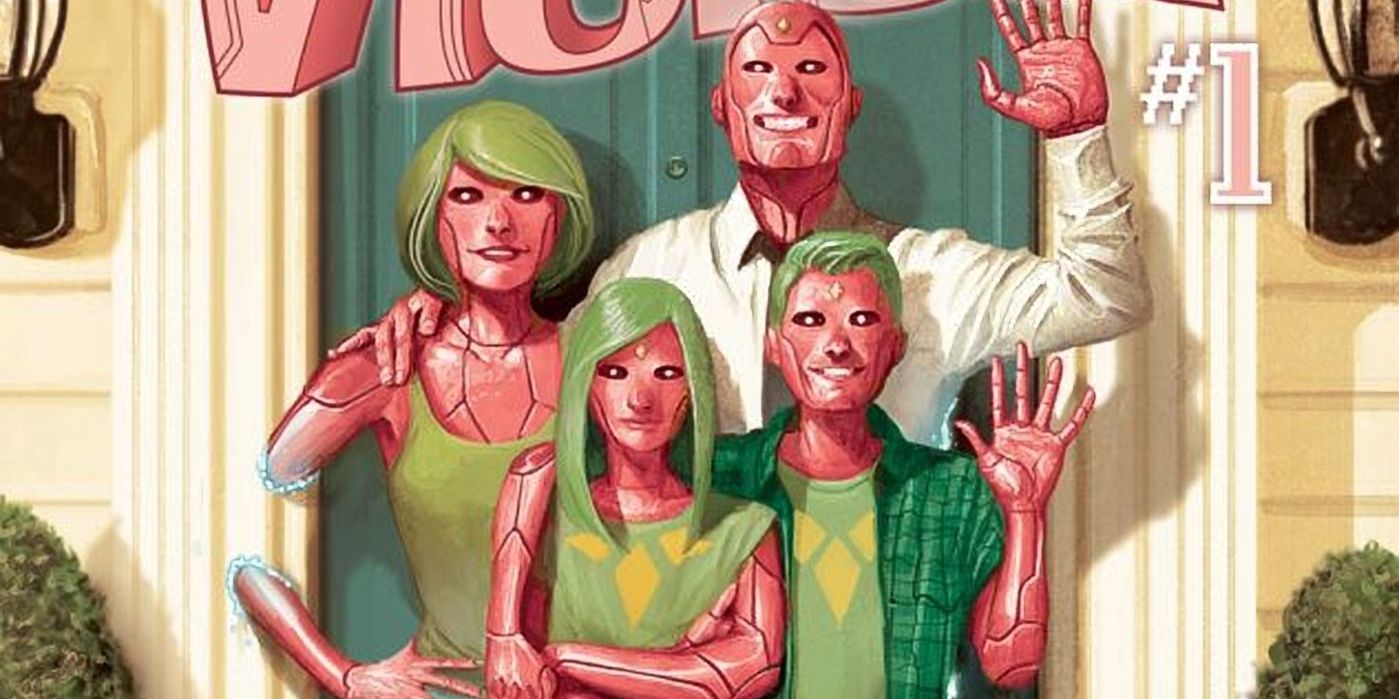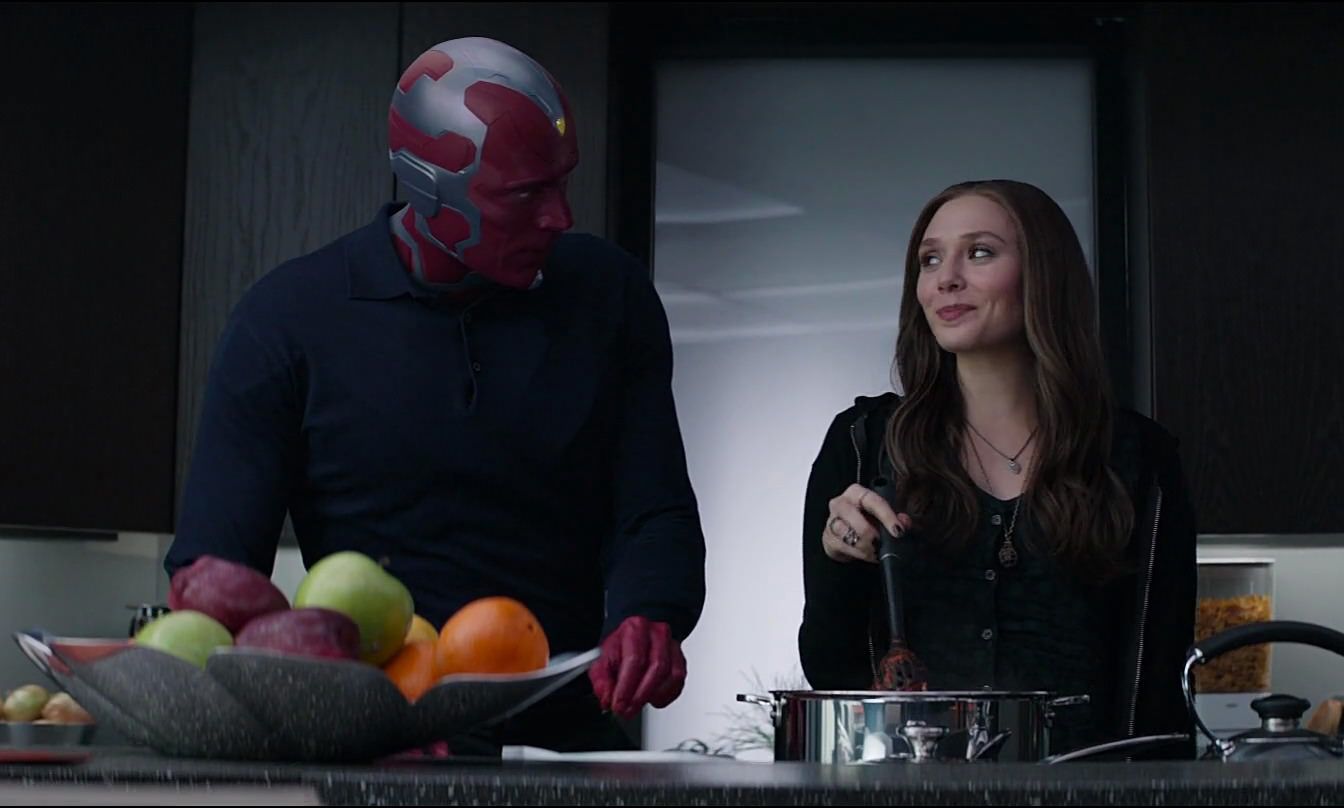Of all the formally announced Disney+ Marvel shows, the most intriguing might just be WandaVision. The series will see Elizabeth Olsen and Paul Bettany reprise their Marvel Cinematic Universe roles as Wanda Maximoff and Vision, and will reportedly be set in the 1950s.
This is somewhat complicated by two factors: The time period these two characters inhabit in the MCU is the present day, and Vision was one of the only heroes not resurrected by the Infinity Gauntlet at the climax of Avengers: Endgame. But there is precedent in the comics that could allow Wanda to use her powers to essentially "create" a new present for her and Vision. Or will the show merely borrow the tone of that era to tell it's own subversive take on suburbia?
Holy Matrimony
The series could draw from any number of original Marvel comics."There's quite a few other comic books that we're pulling from," Olsen said during a brief interview with Variety. "It's going to be Wanda and the Vision, and I think at the Disney+ launch chat they showed a photo of us in the 1950s and I think that's a good teaser. It's gonna be really fun, I'm really excited." Olsen also explained, "I think it's gonna be a total of six hours. I don't know what the episodes are," implying the series isn't necessarily intended to be a long-running show.
There are two specific series that WandaVision could pull inspiration from. The first is The Vision and the Scarlet Witch, which ran for two miniseries (the first by Bill Mantlo & Rick Leonardi, the second by Steve Englehart & Richard Howell) in 1982 and 1985, respectively. Both series centered around the titular married heroes leaving the Avengers and settling down in the suburbs. The comic put a heavy emphasis on their relationship together, eventually building to the birth of their sons, Tommy and William.
The pair faced scrutiny not just for Wanda's status as a mutant, but for being married to the robotic Vision. The series focused heavily on the familial element of the story, but the plot was eventually (and tragically) resolved in West Coast Avengers. That's where Vision was essentially reset and lost all emotions, while Tommy and William turned out to be magical constructs Wanda unknowingly created, only to be used as arms by Master Pandemonium. It is bonkers, trust us.
The second series is the Eisner Award-winning Vision by Tom King and Mitch Gerads. Released in 2016, the comic only briefly includes Wanda in a supporting role. Instead, the series focuses heavily on Vision and the new robotic family he's constructed for himself. The four take to living in suburbia again, but the hatred for the synthetic people leads to multiple deaths, a cover-up and Vision almost destroying the Avengers.
That series ended on a likewise bittersweet note, but with a touch of hope. While his wife Virginia and son Vin died, Vision's teenage daughter, Viv, managed to survive. She has even gone on to become a fairly major member of the current crop of Marvel teen heroes.
Both of those series explored similar concepts (a married magic mutant and a robot move to the suburbs, drama ensures) but in radically different ways. The Vision and the Scarlet Witch was a fundamentally more optimistic series that was derailed by the darker mainline Avengers books.
Meanwhile, Vision very much mined a subversive David Lynch-like approach to the suburbs. It explored the cruel things seemingly average people can do to others they feel are "different," and what having that mindset can do to you if you're one of those "different" people. The cover art for that series was especially evocative of a simpler time, hiding the heavier subjects the comic explored.
Both runs could easily be used as inspiration for this new series, even just in tone, to touch on that 1950s sensibility, but it's important to remember that, with the Scarlet Witch involved, there could always be more to reality than they believe.
Looking To The Past
In stories like House of M and the opening arc of the Kurt Busiek and George Perez's Avengers run, Scarlet Witch proved to have more than enough power to create an entirely new reality around her. In those stories, she could recreate all of society. This could easily allow her to (likely only briefly) transform reality into the 1950s setting in which the series seems to be set.
These reality-altering abilities could even be how a new version of Vision returns to the world, at least temporarily. Wanda's powers were enough to equal the Mind Stone in Infinity War, so it could potentially be used to mimic the Reality Stone to bring Vision back to life, even potentially in some purely human form. The limited scope of the series could allow Wanda and Vision to explore that kind of time period for a season of television before returning Wanda (and maybe even Vision) to the current MCU.
WandaVision might not actually be set in the 1950s, but there are plenty of ways for the show to mine that period for its story. Even just employing the subversive elements of previous comics could complete that feeling. But with Wanda's powers, anything is possible. They could even go to a new pocket reality and live out their lives in the '50s before returning to the modern day. While we don't think the show will actually be in the 1950s, it could easily replicate that kind of setting.
WandaVision is set to air sometime in 2020 on Disney+.




